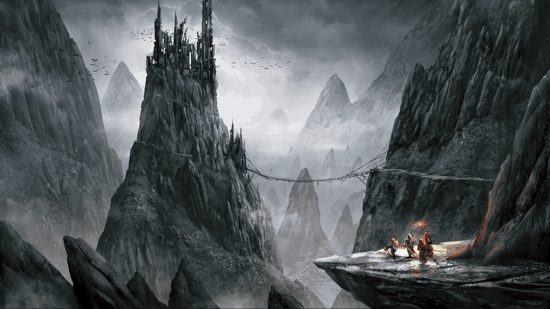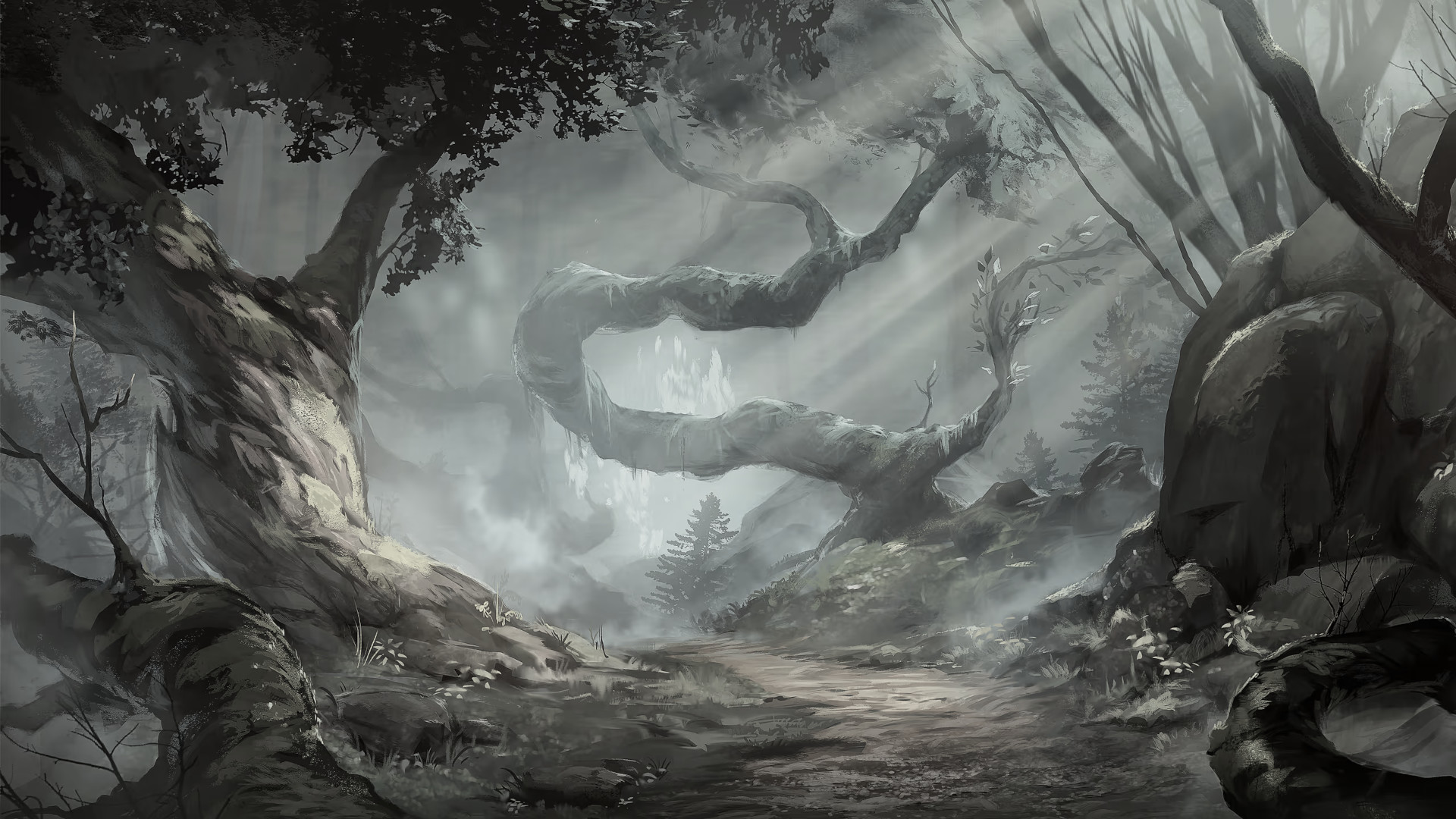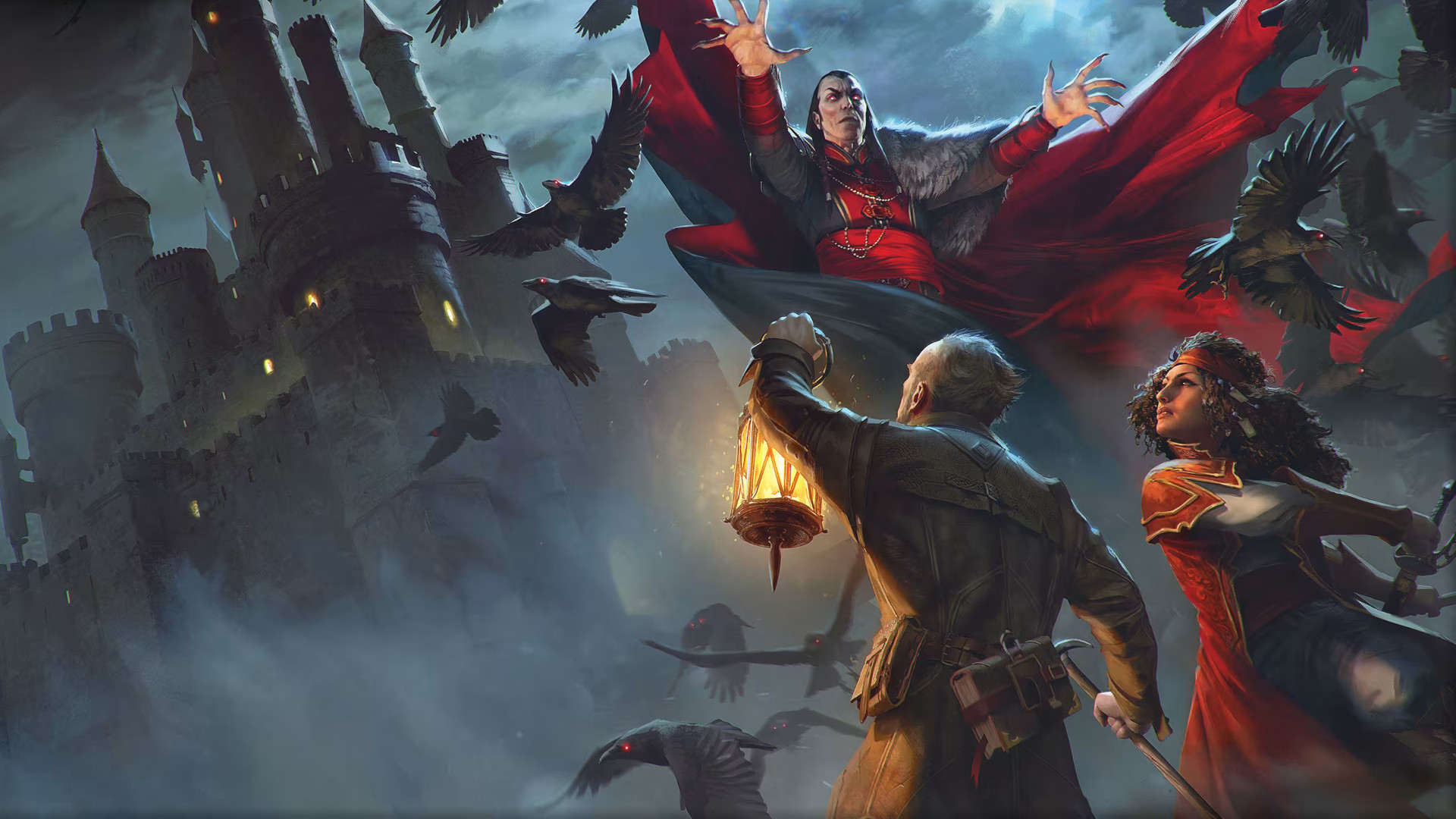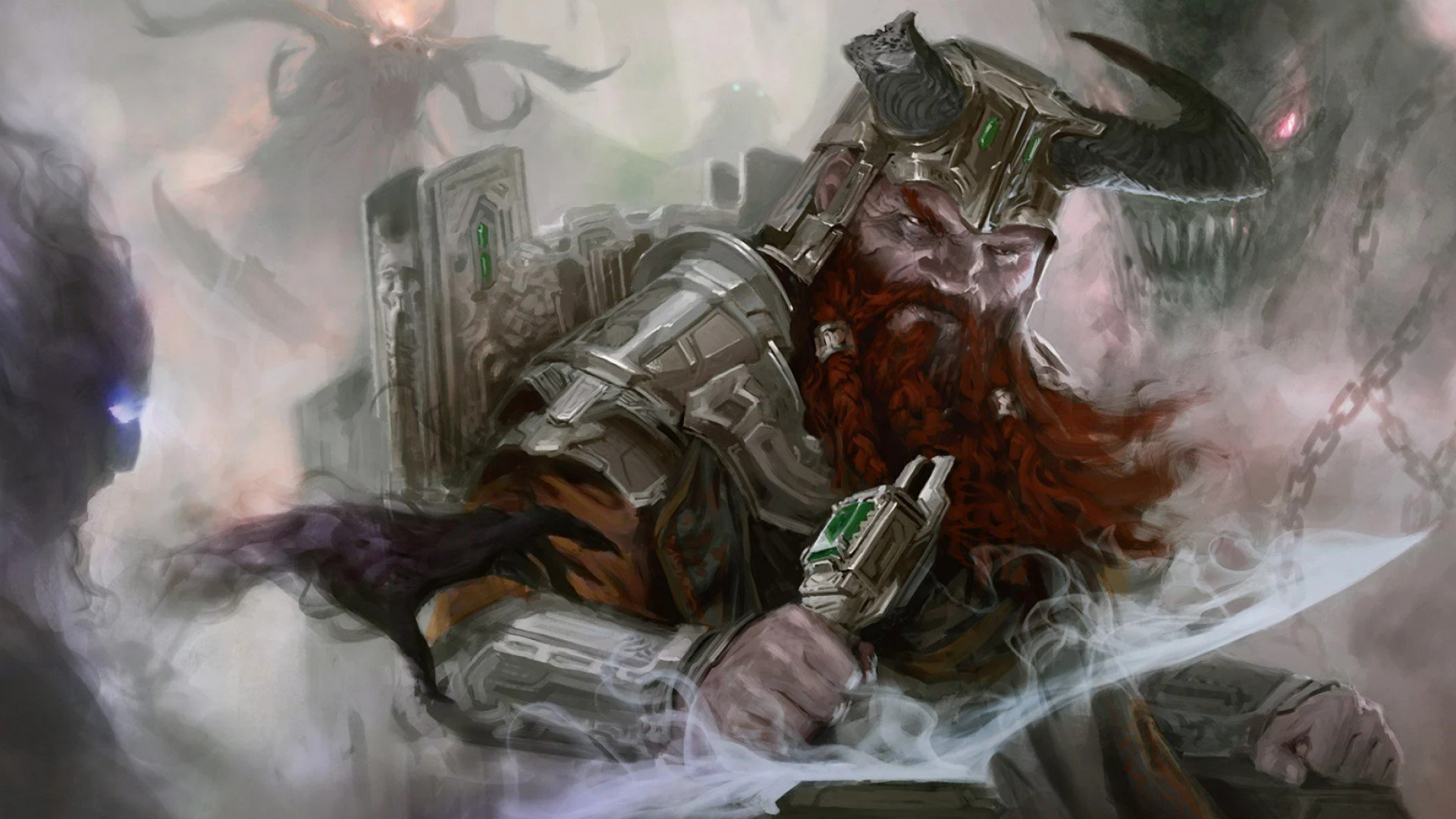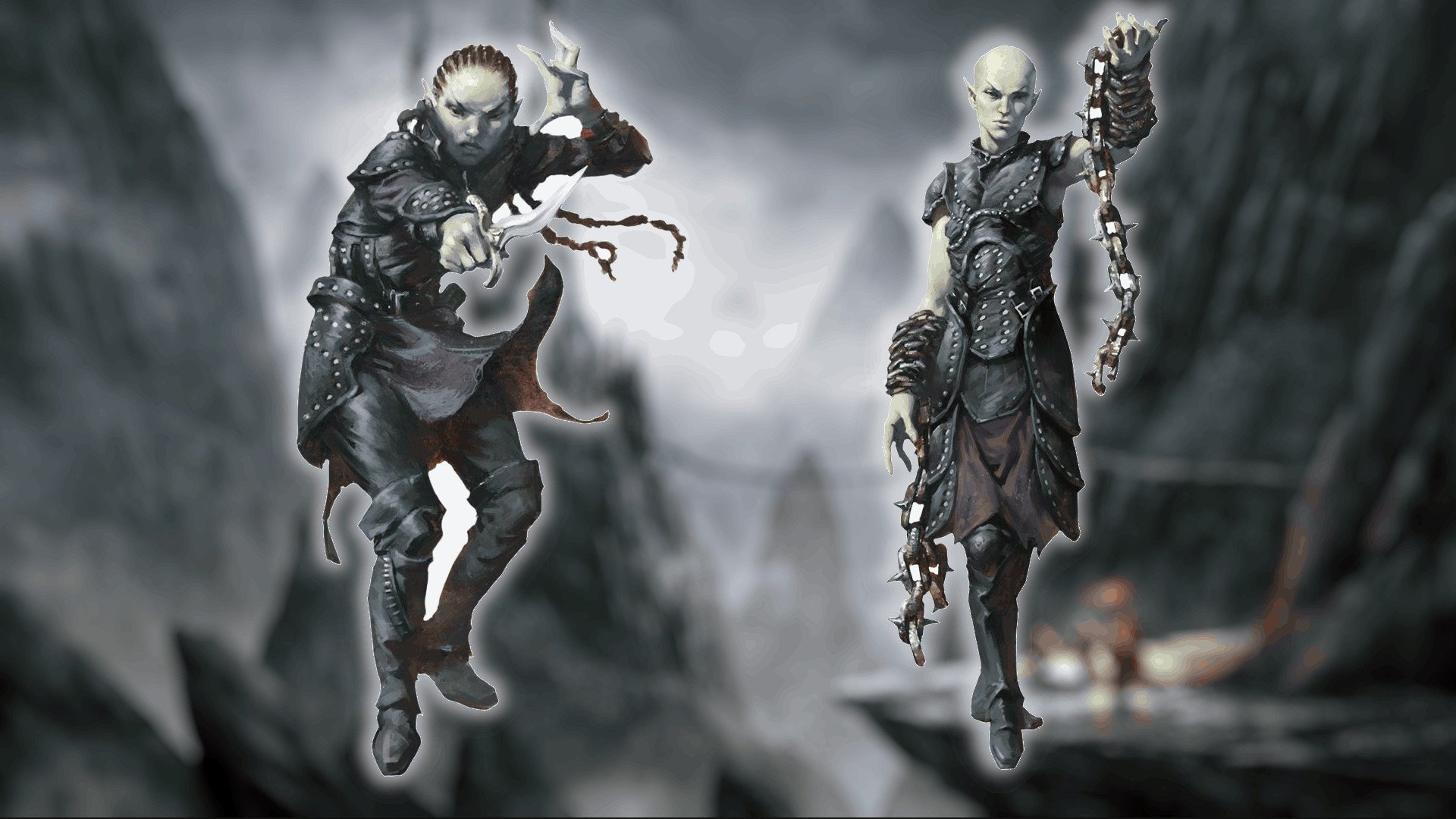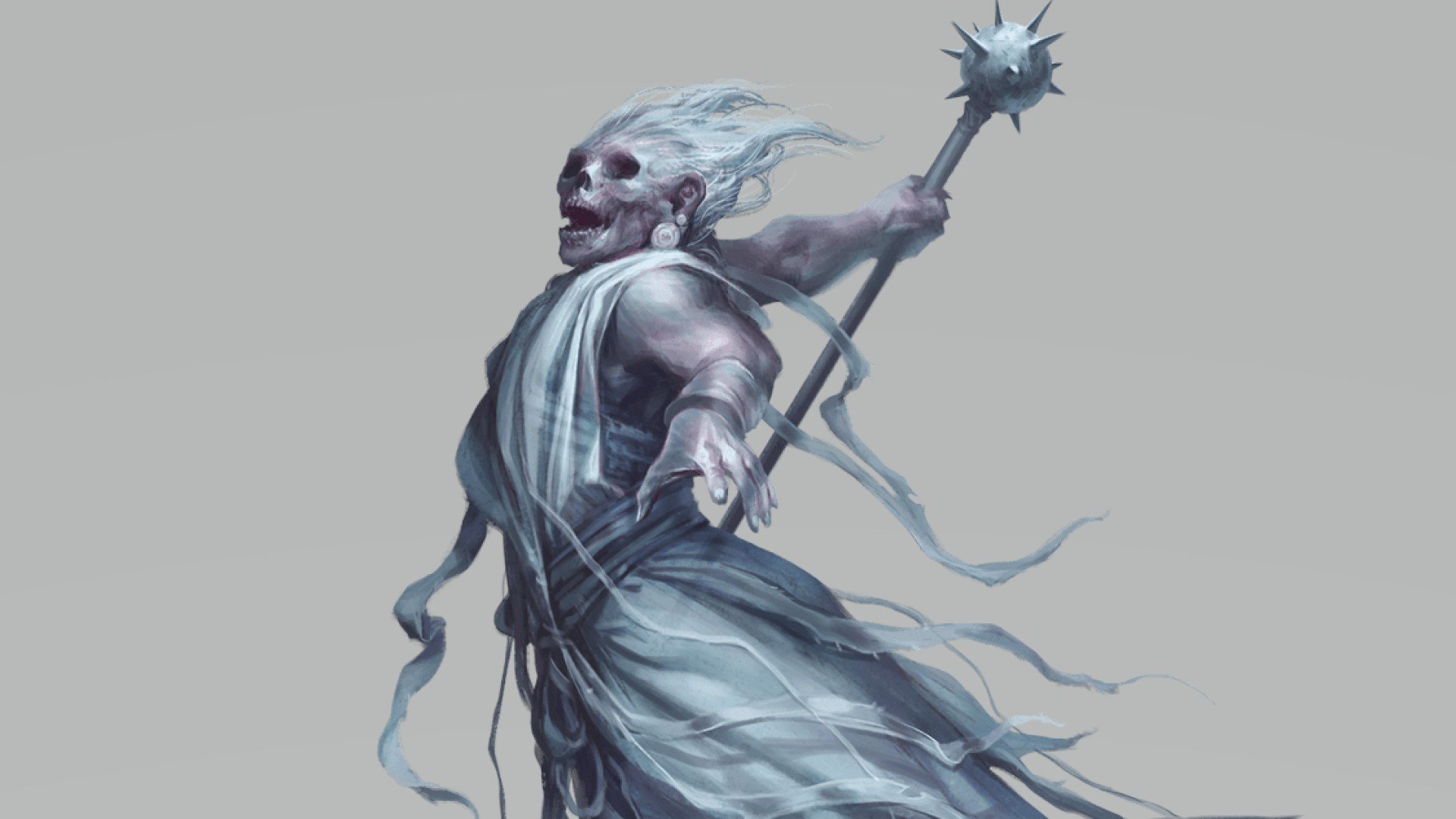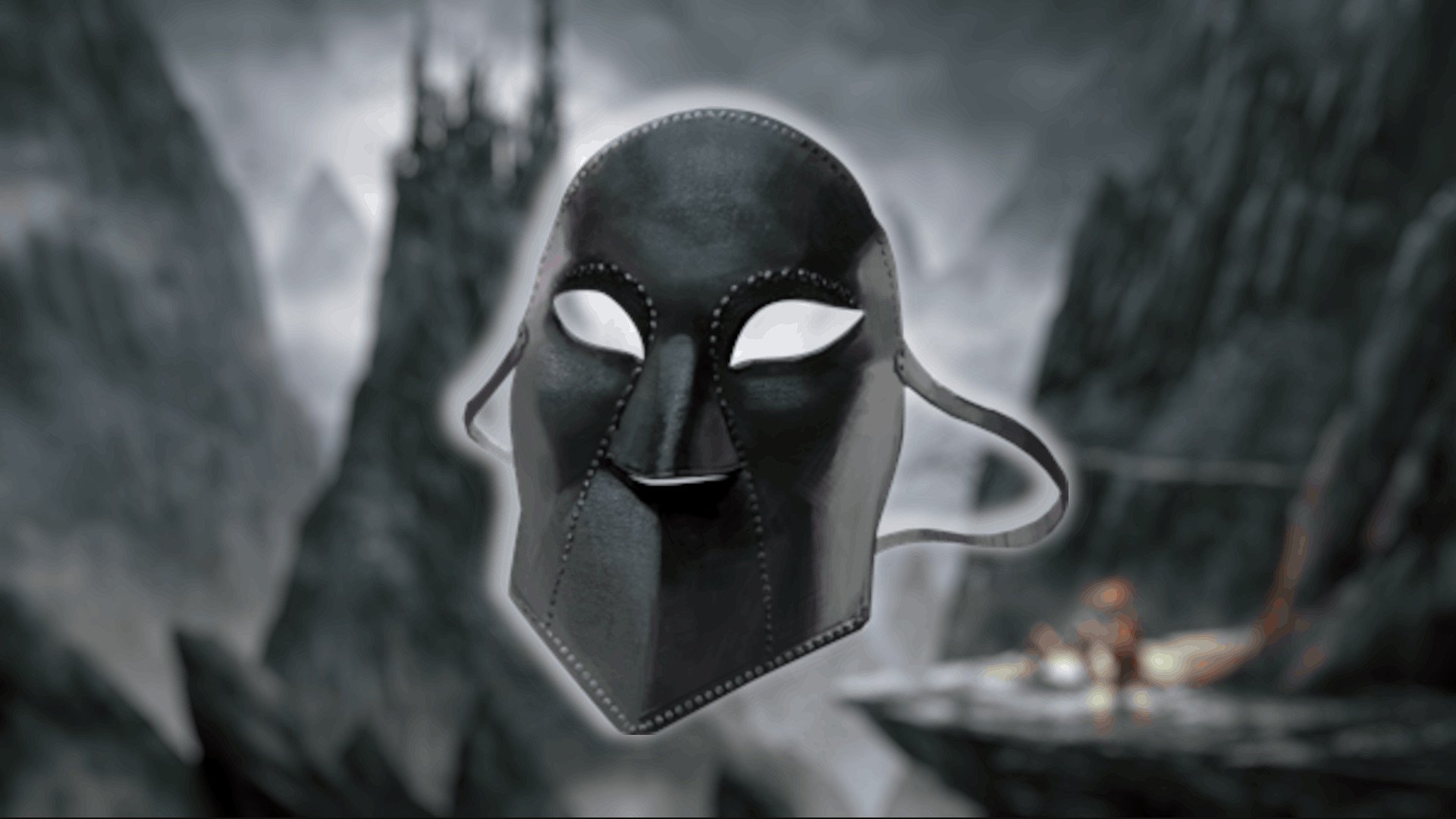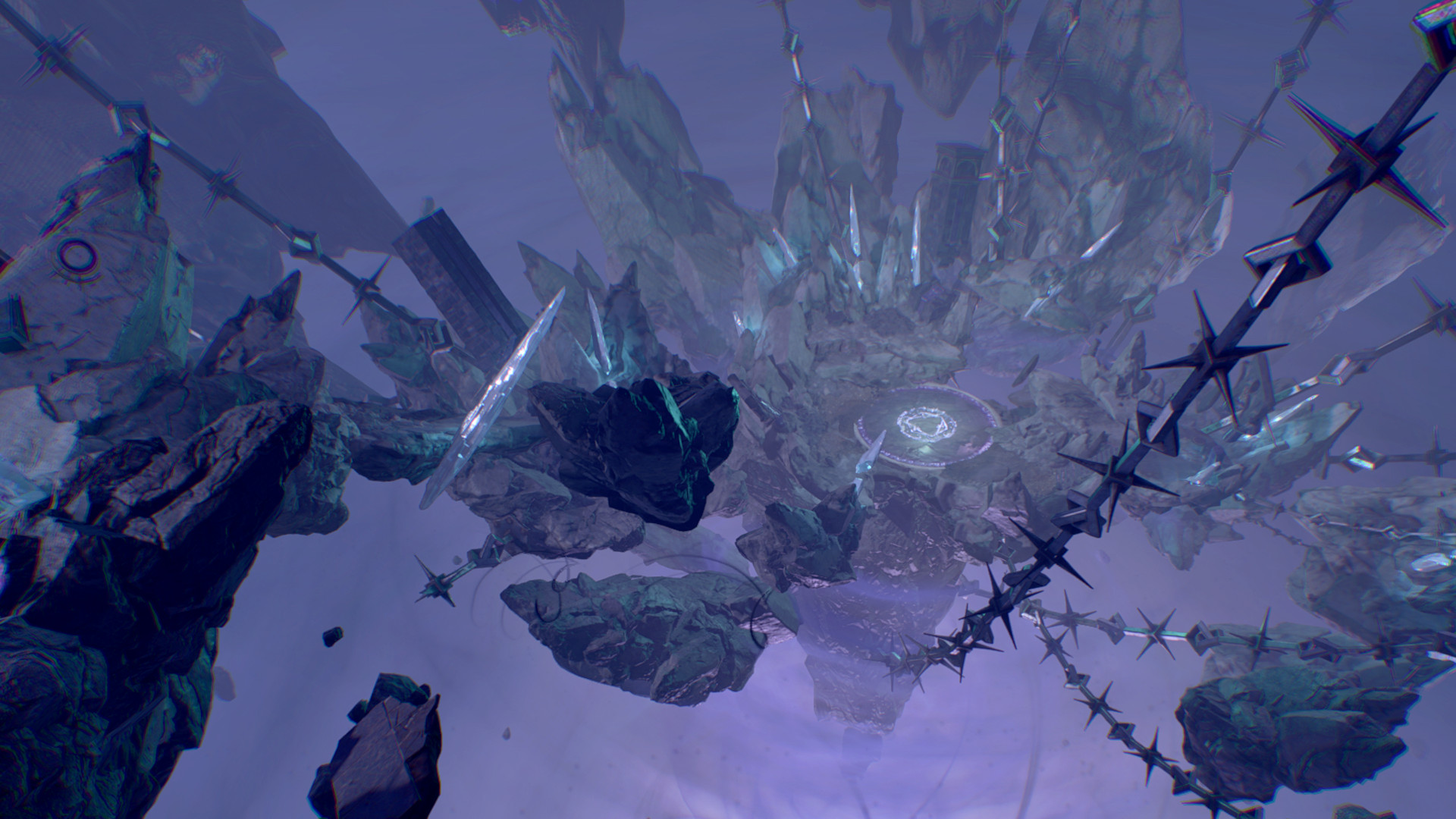The vast, complex universe of Dungeons and Dragons’ Forgotten Realms contains numerous planes of existence other than the regular, material plane, many of which are dark and full and terrors – but the Shadowfell, also called the Plane of Shadow, may be the bleakest. If you want to venture into DnD 5e’s darkest realm, read on for full details of the Shadowfell, its dangers, monsters, and gods.
It’s been explored in various DnD books, the fantastic CRPG of the year Baldur’s Gate 3, and Critical Role, but the Shadowfell is still a DnD plane full of secrets – as well as decay, despair, and peril. We’ll cover all the essentials below.
DnD Shadowfell 5e guide
- What is the DnD 5e Shadowfell?
- Shadowfell monsters and creatures
- Shadowfell gods
- Shadowfell entrance BG3
For further reading, we’ve also got guides to the best DnD settings and DnD campaigns to try. If you need a refresher on how to play Dungeons and Dragons, read our complete guides to all the DnD races and DnD classes playable in fifth edition.
What is the Shadowfell in DnD 5e?
Much like the Feywild – explored in The Wild Beyond The Witchlight – the Shadowfell is known as a kind of ‘mirror’ plane, a reflection of the Prime Material Plane, but seen as through a glass, darkly. Originally thought of as just a demiplane, it’s now a fully fledged plane that houses multiple, self-contained demiplanes known as the Domains of Dread (the most famous being Ravenloft, the home of the Vampire 5e character Count Strahd von Zarovich.
It’s fit into the lore and metaphysics of the Dungeons and Dragons multiverse in various different and contradictory ways throughout the game’s 50-year history, but this dark mirror interpretation is the one that’s most prominent in the 5e era. In this view, the Shadowfell exists as a dimensional layer parallel to the Material plane, matching its geography and features, but with every region, DnD city, and environment a faded, decayed echo of its ‘true’ self, suffused with necrotic magic.

You can get there through portals called Shadow Gates that can periodically be opened in the Material plane, in particularly dark shaded areas – but they’re fleeting and unpredictable, and it’s incredibly difficult to create a portal that lasts any extended time. Permanent portals are very rare, and usually found only in the deepest areas of the Underdark. Attempting to create a portal is extremely dangerous; if you fail, you may be infected by a seed of darkness that could consume you utterly, leaving only dust.
Visiting the Shadowfell for the first time, you’ll immediately notice the lack of any natural light or color at all. There are no suns, moons, stars to light the way, your lanterns or light-giving DnD 5e spells won’t grant vision beyond a few feet in the suffocating darkness, and everything in the world around you seems desaturated in shades of grey. It’s always cold, and you’ll never feel warm. You can eat, drink, and survive – but anything you consume tastes wrong, corrupted by the blighted world around it.
The buildings, roads, and artificial features of the world above all exist, but as so-called “shadow-analogues”, twisted into new, unpredictable shapes or decayed into crumbling shells that barely resemble the material places you remember. The landscape is always shifting and deforming due to the ethereal energies instantiating it, causing intermittent, deadly earthquakes.
What about the Critical Role Shadowfell?
The DnD actual play series Critical Role has its very own, original DnD setting called Exandria, with its own version of the Shadowfell. The Critical Role Shadowfell is very similar to the regular Forgotten Realms version in basic characteristics, but playing host to very different characters and stories – the lich lord Vecna and his followers feature heavily.
The Critical Role sourcebooks Tal’Dorei Campaign Setting and Explorer’s Guide to Wildemount contain more details and references – for now we’ll stick to the Forgotten Realms.
Shadowfell monsters and creatures
The Shadowfell is home to many DnD monsters and other creatures – primarily twisted, shadow versions of creatures found in the Material Plane, such as Shadow Hounds, Shadow Dragons, and human-like echoes called Shades.
Given its many eddying tides of necrotic magic, many undead creatures are also drawn to the Shadowfell from across the multiverse, so adventurers can expect to encounter 5e zombies, 5e ghosts, and vampires lurking in its lightless depths.
Most infamously, the Shadowfell is home to the fearsome Shadar-Kai – cursed DnD Elf warriors that originated in the Fey, but were banished to the Shadowfell when their leader, now known as the Raven Queen, was killed (more on her later).
That’s just the tip of the shadowy iceberg, though – the Plane of Shadow is enormous, and has countless other inhabitants of many species, all of which become changed and mutated by its malign forces. DnD parties entering the Shadowfell should be prepared for anything.
Shadowfell gods
As you might imagine, several of the most sinister, goth-y DnD gods call the Shadowfell their home (or at least, have done). The main Shadowfell gods laying claim to the plane are:
- Mask
- Null
- Shar
- The Raven Queen
Mask
Mask, god of all thieves, understandably likes to keep himself to himself – his Shadowfell home, imaginatively named the Shadow Keep, is a citadel literally made of shadows that’s almost impossible to see. Even trickster gods aren’t given to subtlety, it seems.
Null
The DnD Dragon god of death Null has a few different domains that are thought to have spanned across multiple planes at varying times – including the Shadowfell. It figures, but we don’t know much more than that.
Shar
Some legends claim Shar – the Mistress of the Night, DnD god of shadows – created the Shadowfell (at least in its current form). Certainly she lived there for a long time, in a tower with no doors or windows called the Palace of Loss.
The palace would later be destroyed, leaving a great void that became a portal to Shar’s new Plane of residence, the Towers of Night, out in the Astral Sea (read more about that in our Spelljammer 5e guide).
The Raven Queen
The Raven Queen isn’t agreed by all to be a god – but her Shadar-Kai followers certainly worship her as one. It’s believed she was once a noble queen of Elves from the Feywild who tried to enact a ritual to reach the lost elven heaven of Arvandor – but the spell went wrong due to sabotage, and the Raven Queen and all her followers were banished to the Shadowfell.
She died in the process, but has since reconstituted herself out of memories from the Plane of Shadows, and now commands armies of Shadar-Kai from her Fortress of Memories.
Shadowfell entrance BG3
The Shadowfell itself features only briefly in Baldur’s Gate 3, but its influence inspires and shapes much of Act 2 of the game. When you reach the Shadowfell entrance BG3 reaches a turning point – once you enter, you’ll never be able to return to any of the Act 1 areas, including the Druid Grove, the Underdark, the Grymforge, and the Githyanki Creche.
At the end of Act 1, after braving the Gauntlet of Shar dungeon, you’ll reach a mystical pool at the heart of the Gauntlet, with a murky gateway at its bottom. The pool is a Shadow Gate, leading to a region of the Shadowfell called Shar’s Prison, and the conclusion of the game’s major Nightsong storyline (which we won’t spoil here, it’s too good – read our Baldur’s Gate 3 review for more).

After you leave the Shadowfell, you’ll enter the Shadow-cursed Lands, the primary location in Act 2. It’s a swathe of the Sword Coast that’s been, essentially, invaded by the Shadowfell itself, with towns, roads, buildings, and wilderness all warped and deformed, drowning in cloying darkness that’ll kill your characters unless you keep strong light sources at all times.
Baldur’s Gate 3’s Shadow-cursed Lands are perhaps the best representation of the Shadowfell’s environment and character ever seen in videogames – so, if you’re planning a campaign that involves a trip to the Plane of Shadow, playing through BG3 is one of the best sources of inspiration you should try. Also, it’s the best DnD game ever made – just saying.
If you make it to the Shadowfell and back alive, it’s almost certainly time for a DnD level up – for tips on the strongest choices read our guide to the best DnD character builds, or if you want to upgrade your game materials, try our lists of the best DnD character creators, suitable DnD character sheets for various players, and our favorite DnD dice sets.
